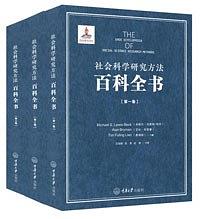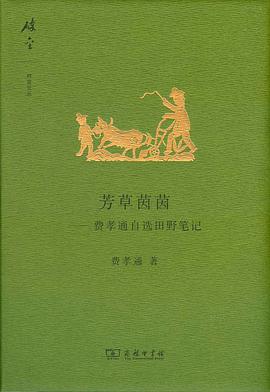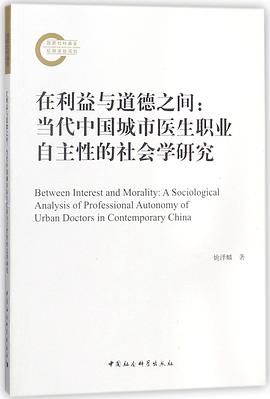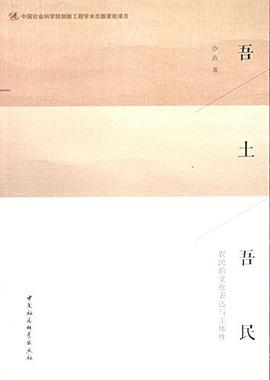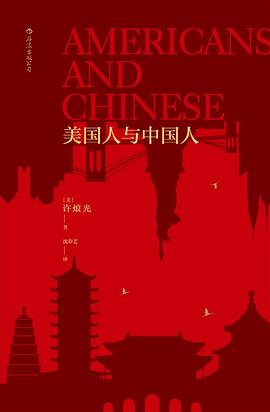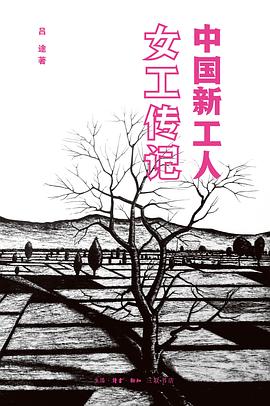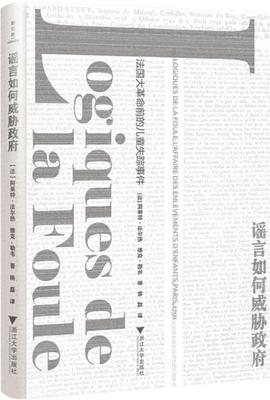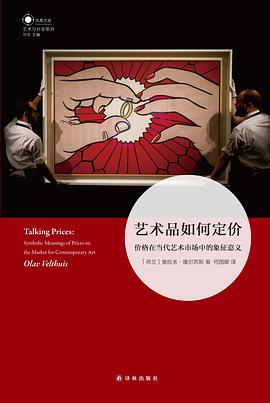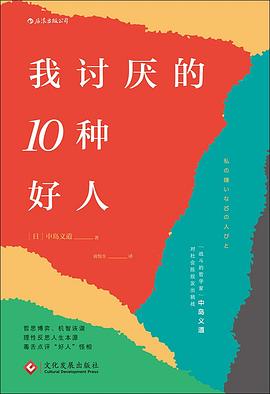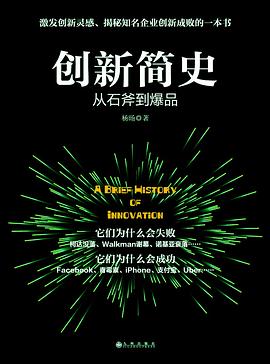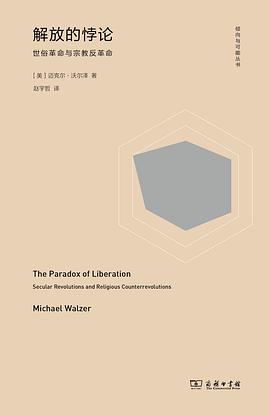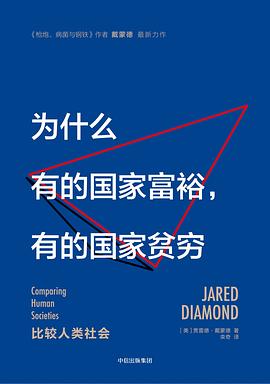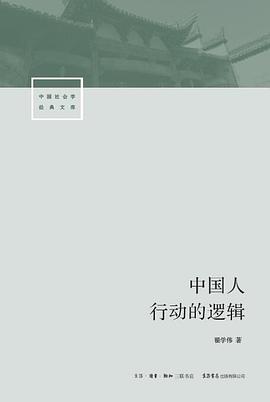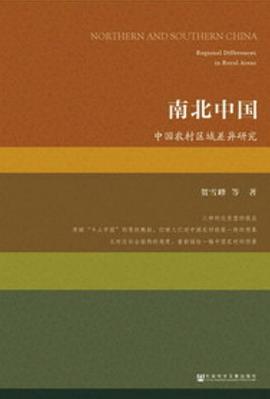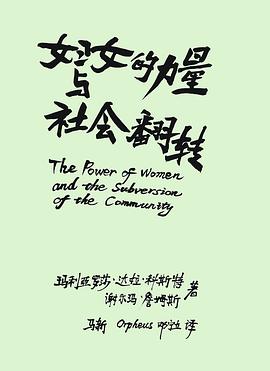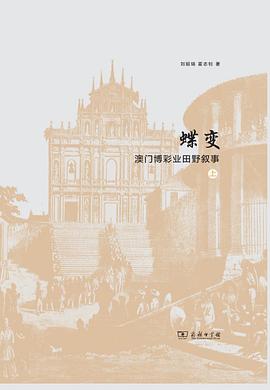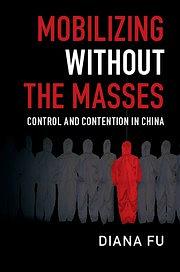
Mobilizing without the Masses pdf epub mobi txt 電子書 下載2025
Diana Fu is Assistant Professor of Asian Politics at the University of Toronto. This book builds upon her dissertation research at the University of Oxford where she studied as a Rhodes Scholar. Previously, she was a Walter H. Shorenstein Postdoctoral Fellow at Stanford University, California and a pre-doctoral fellow at the Massachusetts Institute of Technology. Her research has been supported by the Harold Hyam Wingate Foundation, the Chiang Ching Kuo Foundation, and the Rhodes Trust. Her academic articles have been published in Comparative Political Studies, Governance, and Modern China, among others. Her writing and research have appeared in The Economist, Foreign Affairs, The Washington Post, The Boston Review, PostGlobal, and Nicholas Kristof's 'On the Ground' Blog for The New York Times.
- 政治學
- 社會運動
- 社會學
- 海外中國研究
- 威權主義
- 比較政治
- 政治社會學
- politics

When advocacy organizations are forbidden from rallying people to take to the streets, what do they do? When activists are detained for coordinating protests, are their hands ultimately tied? Based on political ethnography inside both legal and blacklisted labor organizations in China, this book reveals how state repression is deployed on the ground and to what effect on mobilization. It presents a novel dynamic of civil society contention - mobilizing without the masses - that lowers the risk of activism under duress. Instead of facilitating collective action, activists coach the aggrieved to challenge authorities one by one. In doing so, they lower the risks of organizing while empowering the weak. This dynamic represents a third pathway of contention that challenges conventional understandings of mobilization in an illiberal state. It takes readers inside the world of underground labor organizing and opens the black box of repression inside the world's most powerful authoritarian state.
具體描述
讀後感
評分
評分
評分
評分
用戶評價
和the pedagogy of the oppressed放一起看,棒
评分the writing is good, but the research is overly simple
评分本書討論的問題是,在一個非自由的威權政體下,勞工組織是如何實現動員的(換言之,其動員策略為何)。其經驗研究是基於20(out of 72)個中國“非法”勞工組織的近兩年的實地調查,裏麵有一些有趣的細節。在理論上,其動員理論不同於既有的兩大主流文獻,一是作為集體行動的社會抗爭動員;二是作為弱者武器的社會抗爭動員。Diana認為她所發現的“Mobilizing without the Masses (MWTM)”模式是介於兩者之間的。MWTM不同於大規模集體行動,因為這在擁有強大國傢能力的非自由政體會很危險;MWTM同樣不同於弱者的武器(盡量不能被當權者察覺,例如摸魚、消極怠工),而是希望make a scene,從而使自身的問題得到解決。同時,作者還自嘲瞭英國式政治學博士論文與美國的風格差異。
评分作者給我的感覺是已經帶著立場在寫(雖然立場或許沒有錯),情緒敘事都到位瞭,但一看底座就兩根木頭。第一部分的背景介紹感覺與第二部分的銜接度不高,對行政體係的研究太少,組織形成與framing都隻是簡單的以“哪裏有壓迫,哪裏就有反抗”迴答,與我的預期有齣入,反而是她的講disguised collective action的論文對我更有啓發,或許是沒想到以作者書中所寫的範圍而言,能寫成一本書吧……不過我語言水平有限,看得比較敷衍,希望沒有太多誤讀吧。
评分在過去的某一段時間裏,勞工機構在幫助工人維權、培養工人意識、在公共領域為工人發聲這些方麵所取得的成就都是不容抹殺的。但勞工機構與更廣範圍內的工人集體行動一直沒能很好地結閤,即使在巔峰狀態,兩者也最多是若即若離的關係。這是這場“運動”的局限性。威權體製本身不能用來解釋這種局限性。因為威權並不必然壓製大眾層麵的運動。所以,中國的情況為什麼是現在這樣,是經濟結構的原因,還是國傢控製有方,還是運動者本身采取的策略有問題,這是非常值得分析的。而作者編齣瞭一個“沒有大眾的動員”的概念,就完美地繞過瞭這些本來最值得追問的問題。她的意思說白瞭就是:雖然你管得嚴,但我們也還是稍微能鬧一下的。但勞工問題當中有多少是靠這麼稍微鬧一下能解決的,又有多少是需要深層次的動員和體製改革?缺乏反思的作品。不靈的。
相關圖書
本站所有內容均為互聯網搜索引擎提供的公開搜索信息,本站不存儲任何數據與內容,任何內容與數據均與本站無關,如有需要請聯繫相關搜索引擎包括但不限於百度,google,bing,sogou 等
© 2025 qciss.net All Rights Reserved. 小哈圖書下載中心 版权所有

